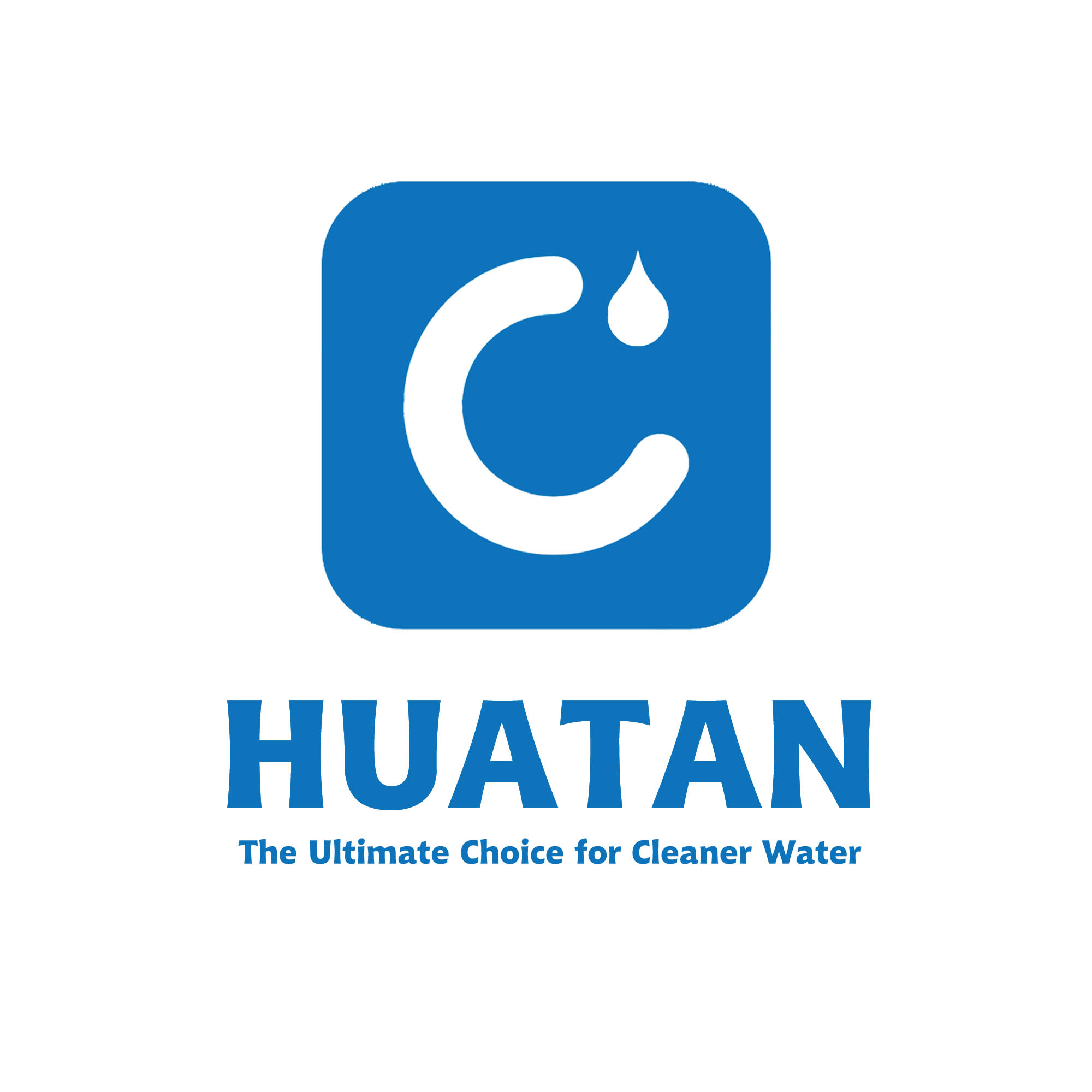The Science Behind Carbon Cartridges: How Do They Work?

Strong 8k brings an ultra-HD IPTV experience to your living room and your pocket.
Activated carbon is a highly effective solution for purifying water, air, and removing odors. Carbon cartridges, which are filled with activated carbon, have become increasingly popular in recent years as an effective way to eliminate pollutants. But, how exactly do they work? In this article, we will explore the science behind carbon cartridges and how they function.
BEST carbon block WATER FILTER CARTRIDGE MANUFACTURER & SUPPLIER IN CHINA-HUATAN FILTER28
What Is Activated Carbon?
Activated carbon, also known as activated charcoal, is a type of carbon that has been treated to create a large number of tiny pores between the carbon atoms. These pores increase the surface area of the carbon, allowing it to absorb a wide range of pollutants. The process of creating activated carbon involves heating carbon-rich materials, such as coconut shells or wood, in the absence of oxygen.
The resulting activated carbon has a highly porous structure, which gives it a large surface area. In fact, just one gram of activated carbon can have a surface area of up to 1,000 square meters! This large surface area means that activated carbon can absorb a wide variety of pollutants, including chlorine, sediment, and organic compounds.
How Do Carbon Cartridges Work?
Carbon filter cartridges function through a process called adsorption, which involves the bonding of molecules to a surface. When water or air flows through the cartridge, pollutants are attracted to and trapped by the surface of the activated carbon, resulting in purified water or air.
The efficiency of carbon cartridges depends on the type of adsorption they use: physical adsorption and chemical adsorption.
Physical adsorption occurs when the pollutants are attracted to the surface of the carbon due to weak intermolecular forces. These forces are typically van der Waals forces or dipole-dipole interactions. The pollutants then become trapped in the tiny pores of the carbon. This type of adsorption is most effective for removing larger molecules, such as sediment and chlorine.
Chemical adsorption occurs when the pollutants react with the carbon surface, forming chemical bonds. This type of adsorption is more effective for removing certain types of pollutants, such as gases and volatile organic compounds. The chemical adsorption process involves a series of steps, including diffusion of the pollutant molecules into the pores of the carbon, adsorption onto the carbon surface, and chemical reaction with the surface functional groups.
The effectiveness of activated carbon in removing pollutants depends on several factors, such as the pore size distribution, surface area, and the chemical composition of the activated carbon. The pore size distribution is critical for efficient adsorption, as it determines the size of the pollutants that can be removed. The surface area of activated carbon determines how much adsorption can take place and how quickly it can occur. The chemical composition of the activated carbon affects the types of pollutants that can be removed, as different functional groups have different chemical properties.
Applications Of Carbon Cartridges
Carbon cartridges are used in a wide range of industries and applications, such as aquariums, water filtration systems, and air purifiers.
In aquariums, carbon cartridges help to eliminate the odor caused by waste and bacteria. According to a study by the National Institute of Standards and Technology (NIST), activated carbon is effective in removing volatile organic compounds (VOCs), such as benzene and toluene, from aquarium water.
In water filtration systems, carbon cartridges remove impurities such as chlorine, sediment, and organic compounds. According to the United States Environmental Protection Agency (EPA), activated carbon is effective in removing certain contaminants, including pesticides and trihalomethanes.
Air purifiers use carbon cartridges to remove pollutants and odors from the air. According to a study published in the Journal of Environmental Science and Health, activated carbon is effective in removing indoor air pollutants such as formaldehyde and benzene.
Carbon cartridges provide a cost-effective and efficient solution for environmental issues. They are easy to install and replace, making them a popular choice for home and commercial use.
Activated carbon cartridges are an effective solution for purifying water, air, and removing odors. Their ability to trap and remove pollutants through adsorption makes them an essential component in many industries and applications. At Huatan Filter, we are committed to providing the best carbon filter cartridge solutions. As the best carbon filter cartridge manufacturer in China, we take pride in delivering high-quality products to our customers.
Looking for the best carbon filter cartridge solutions? Look no further than Huatan Filter! As the leading carbon filter cartridge manufacturer in China, we offer a wide range of high-quality products to meet your needs. Contact us today to learn more about our products and services!Activated carbon is a highly effective solution for purifying water, air, and removing odors. Carbon cartridges, which are filled with activated carbon, have become increasingly popular in recent years as an effective way to eliminate pollutants. But, how exactly do they work? In this article, we will explore the science behind carbon cartridges and how they function.
BEST carbon block WATER FILTER CARTRIDGE MANUFACTURER & SUPPLIER IN CHINA-HUATAN FILTER28
What Is Activated Carbon?
Activated carbon, also known as activated charcoal, is a type of carbon that has been treated to create a large number of tiny pores between the carbon atoms. These pores increase the surface area of the carbon, allowing it to absorb a wide range of pollutants. The process of creating activated carbon involves heating carbon-rich materials, such as coconut shells or wood, in the absence of oxygen.
The resulting activated carbon has a highly porous structure, which gives it a large surface area. In fact, just one gram of activated carbon can have a surface area of up to 1,000 square meters! This large surface area means that activated carbon can absorb a wide variety of pollutants, including chlorine, sediment, and organic compounds.
How Do Carbon Cartridges Work?
Carbon filter cartridges function through a process called adsorption, which involves the bonding of molecules to a surface. When water or air flows through the cartridge, pollutants are attracted to and trapped by the surface of the activated carbon, resulting in purified water or air.
The efficiency of carbon cartridges depends on the type of adsorption they use: physical adsorption and chemical adsorption.
Physical adsorption occurs when the pollutants are attracted to the surface of the carbon due to weak intermolecular forces. These forces are typically van der Waals forces or dipole-dipole interactions. The pollutants then become trapped in the tiny pores of the carbon. This type of adsorption is most effective for removing larger molecules, such as sediment and chlorine.
Chemical adsorption occurs when the pollutants react with the carbon surface, forming chemical bonds. This type of adsorption is more effective for removing certain types of pollutants, such as gases and volatile organic compounds. The chemical adsorption process involves a series of steps, including diffusion of the pollutant molecules into the pores of the carbon, adsorption onto the carbon surface, and chemical reaction with the surface functional groups.
The effectiveness of activated carbon in removing pollutants depends on several factors, such as the pore size distribution, surface area, and the chemical composition of the activated carbon. The pore size distribution is critical for efficient adsorption, as it determines the size of the pollutants that can be removed. The surface area of activated carbon determines how much adsorption can take place and how quickly it can occur. The chemical composition of the activated carbon affects the types of pollutants that can be removed, as different functional groups have different chemical properties.
Applications Of Carbon Cartridges
Carbon cartridges are used in a wide range of industries and applications, such as aquariums, water filtration systems, and air purifiers.
In aquariums, carbon cartridges help to eliminate the odor caused by waste and bacteria. According to a study by the National Institute of Standards and Technology (NIST), activated carbon is effective in removing volatile organic compounds (VOCs), such as benzene and toluene, from aquarium water.
In water filtration systems, carbon cartridges remove impurities such as chlorine, sediment, and organic compounds. According to the United States Environmental Protection Agency (EPA), activated carbon is effective in removing certain contaminants, including pesticides and trihalomethanes.
Air purifiers use carbon cartridges to remove pollutants and odors from the air. According to a study published in the Journal of Environmental Science and Health, activated carbon is effective in removing indoor air pollutants such as formaldehyde and benzene.
Carbon cartridges provide a cost-effective and efficient solution for environmental issues. They are easy to install and replace, making them a popular choice for home and commercial use.
Activated carbon cartridges are an effective solution for purifying water, air, and removing odors. Their ability to trap and remove pollutants through adsorption makes them an essential component in many industries and applications. At Huatan Filter, we are committed to providing the best carbon filter cartridge solutions. As the best carbon filter cartridge manufacturer in China, we take pride in delivering high-quality products to our customers.
Looking for the best carbon filter cartridge solutions? Look no further than Huatan Filter! As the leading carbon filter cartridge manufacturer in China, we offer a wide range of high-quality products to meet your needs. Contact us today to learn more about our products and services!
Note: IndiBlogHub features both user-submitted and editorial content. We do not verify third-party contributions. Read our Disclaimer and Privacy Policyfor details.


